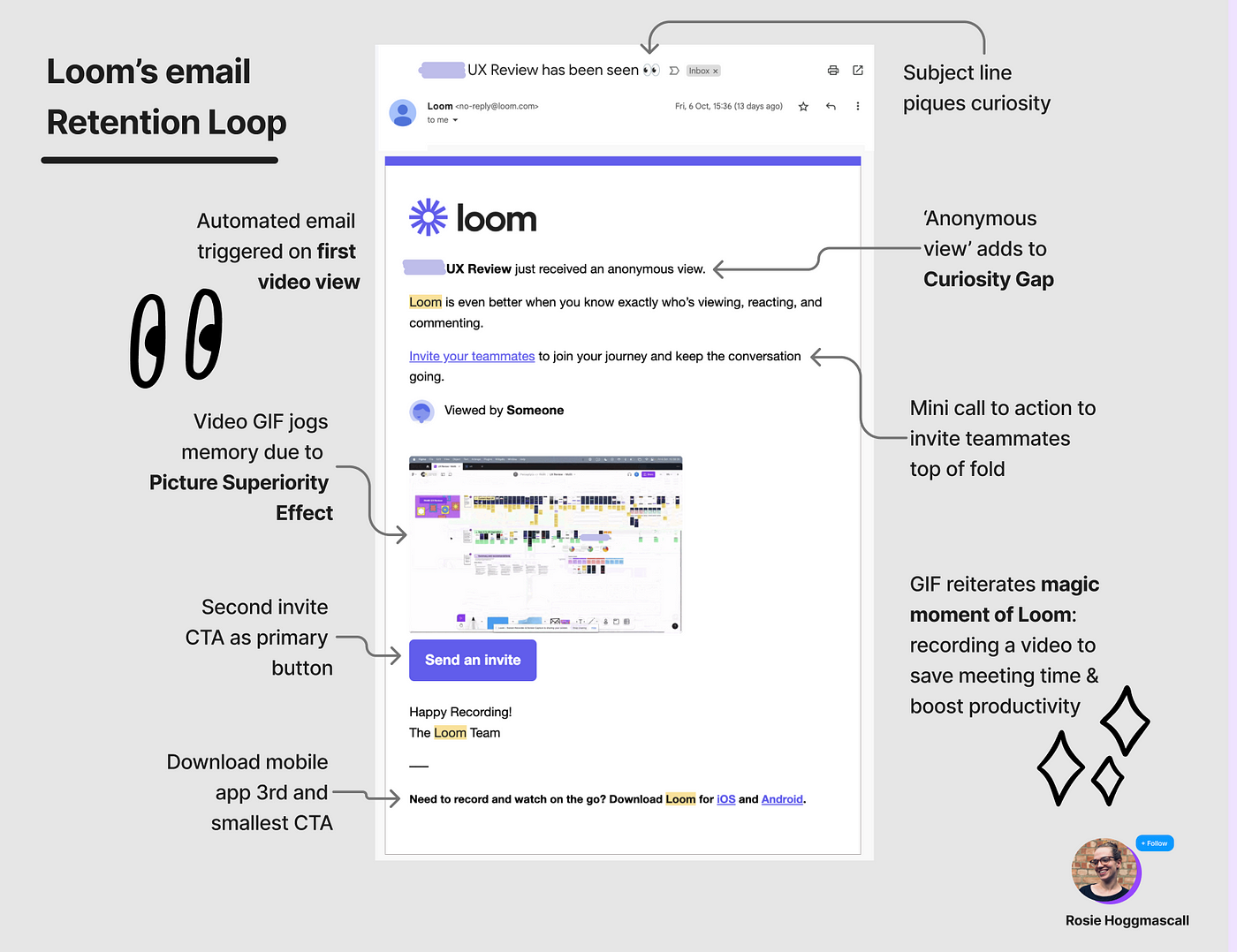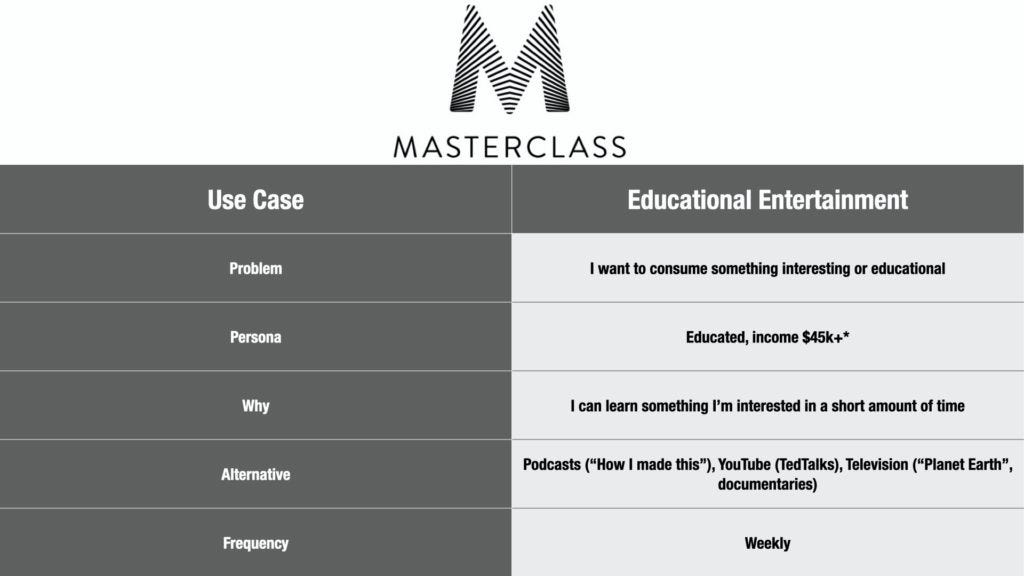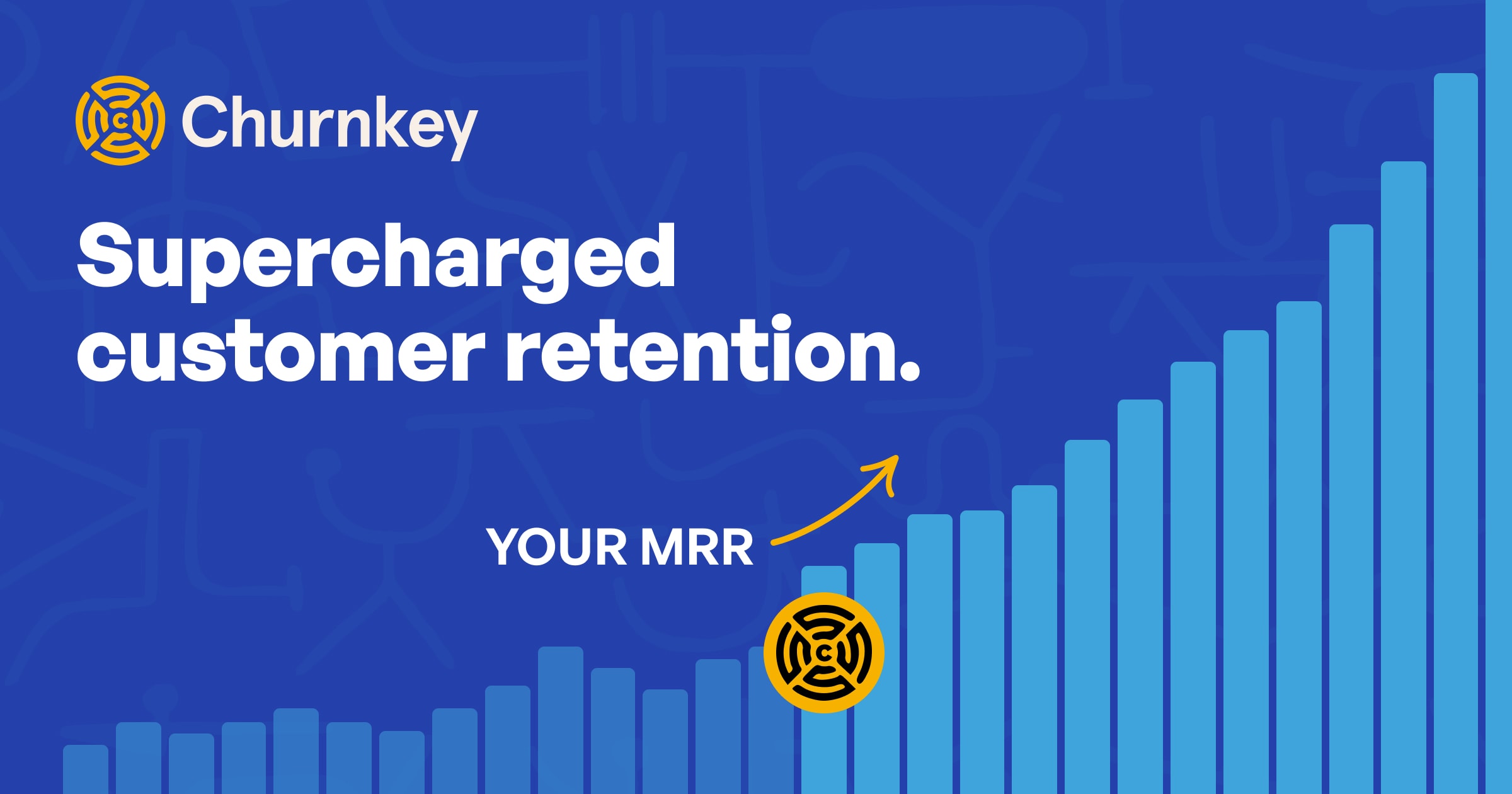Retention automation separates growth heroes from growth zeroes
Even a 1% improvement in your retention rate can increase your growth ceiling or MRR by 10%. Retention automation is what makes it a reality.

Retention depends on various factors. It can be related to seasonality, competitive landscape changes, or due to macro-economic policies.
It might also be internally driven. Maybe you released a new product with bugs driving up churn, or your ICP has an on-and-off use case?
Even a 1% improvement in your retention rate can increase your growth ceiling or MRR by 10%. You should see a declining retention curve is an opportunity because slight improvements can move mountains.
What is customer retention automation?
In simple terms, every product's aim is twofold.
- First, bring new users in.
- Then, make those users consume the product far more.
For example, Oreo brings new users in via advertising. And increases consumption by latching itself to the entire desserts menu. You have Oreo cheesecake, Oreo milkshakes and so many other food items. That's retention automation triggered by external triggers like menu cards.
The text book definition of retention automation reads something like this.
Retention automation is the systematic approach of using tools and strategies to maintain and improve user retention. It involves automating processes that help keep customers engaged and active over time, ensuring they continue to derive value from the product.
This can include personalized communication, targeted re-engagement campaigns, and automated workflows that address user needs and behaviors to prevent churn and foster long-term loyalty.
The part of retention automation to focus on
Customer retention automation is a factor of voluntary churn and involuntary churn. Involuntary churn comprises of hard and soft declines. The first piece is feedback collection. And the second piece is implementing tactics to solve what causes users to churn. It's a flywheel or a growth loop.

Here's an exhaustive list with retention automation tactics that you can experiment with.
1. Automated notifications
Use automated systems to improve the relevance and timing of notifications, ensuring they are engaging and not intrusive
These could be sent at the end of the month or based on a user generated event.
![Two Tinder mobile push notifications ‘[X] sent you a message’](https://miro.medium.com/v2/resize:fit:1155/1*5MYP9q0hN2XK3fI7o8ze3g.png)

Source: UXDesign
Figma triggers these notifications on Fridays each week. Spotify does their annual Spotify wrapped campaigns that have virality baked in but you may or may not want to do these.

Caveat:
As you experiment with notifications and emails, try to predict user tolerance. How many notifications is too many and what's the optimal number of messages to send to drive up retention? Your tradeoff metric to monitor would be the unsubscribe rate.
2. Personalized recommendations
In 2006, Netflix offered $1 million prize to anyone who could beat its recommendation algorithm by 10 percent via Kaggle. Personalized recommendations reduce time to value and delight users quicker.

You don't need a million dollars to build a personalized retention automation system.
Ecommerce companies like Third Love and ed-tech startups like Code Academy do them via these quiz-like formats.

You can build one of these quizzes via no-code tools like Typeform, Tally, Paperform and more.

3. Use case mapping
Are there any segments of your audience that churn more than usual? Should you continue to target them? Ths might not be a typical retention automation strategy but it will help you prioritize segments.
It begins with these steps:
- identify the problem your product solves
- the target persona
- why they choose your product
- alternatives they might use
- and the natural frequency of their problem
- and anti-use case

An example of an anti-use case for a product like Slack would be 'communities' instead of 'workspaces'. They've designed their product around it.
4. Pause walls
If your product has seasonality or has an on-and-off use case, then offering a pause wall to users would be a good choice. You can let users choose their optimal duration: 1 month, 3 months etc. When paused customers sign into your product, Churnkey detects it and gently blocks feature access.

5. Hidden tiers and switch plans
You could also proactively surface hidden pricing tiers or let people switch to a different tier when they cancel. You can even segment these offers based on the type of user that comes through (eg, early churner vs late churner).

6. Trial extensions
One way to automatically increase retention is by offering trial extensions to users who are on the fence. This way, they don't need to reach out to support for an extension and are more likely to remain with your product. It might also help you discover the right trial length to activate users? Maybe the one you're offering is too short.

7. Feedback collection
When you deploy cancellation flows, you can collect feedback from your users at scale. You can ask a question, and a follow up question.

If you have lots of users, you might benefit from Insights AI, which does at-scale feedback analysis for you.

8. Discounts with anti-gamification
You can present a series of targeted discounts to users based on the reason they select (eg, not using enough, ran into technical issues, missing features).
Some customers might try to game the system and take advantage of your Cancel Flow offers. Not with Churnkey. With built-in cooldown periods, you can require customers to wait a number of months before taking another discount.
9. Precision retries
Most payment providers like Stripe come with an add-on called smart retries to counter card failures.
You can use them as a standalone tool or pair them up with Churnkey's precision retries for a more powerful combo. Precision Retries optimize bespoke retry schedules for every customer. And it works beautifully. They outperform traditional retry attempts by nearly 400%, and showed at 22% improvement in recovery rates for our pilot customers in the first month alone.
10. A/B testing
Getting everything right when it comes to setting up a cancel flow can be overwhelming: right segment, right copywriting, right questions, right offers.

- A/B tests are easy to deploy from within the Churnkey admin and don't require any intervention from data or engineering teams.
- Testing happens at the cancel flow segment level, which means you have the freedom to modify any details you'd like—from copy to offers and everything in between.
- A copy of a Churnkey Cancel Flow segment is made automatically so you don’t have to copy and paste anything. Just modify what you want to test, and you’re done.
- We handle experimentation for you, deterministically randomizing cancel flow sessions based on customer ID.
Learn more about A/B tests in Churnkey
11. Payment recovery and dunning
Banks, credit card companies, and their opaque policies are causing up to 40% of your churn. You can set up dunning email campaigns that are triggered a few days after a payment fails.
Churnkey's payment recovery suite can offer a more robust recovery program with segmentation, metrics, and one-click reactivations.

12. Battlecards for competitors
Battlecards are when people leave you for a competitor. When that happens, you want to add a video and show a comparison between yourself and the competitor.
For example, this is the cancel flow from ClickFunnels. There's a video explainer and an image to convince you how ClickFunnels compares against competitors.

Creating battlecards like this is possible with Churnkey. You can embed videos and images in your cancel flow.
And more!
Churnkey's retention automation platform offers several other features. On average, customers that use Churnkey save 20-40% of the revenue they would have otherwise lost to churn. Sign up for a free trial or get a demo.




